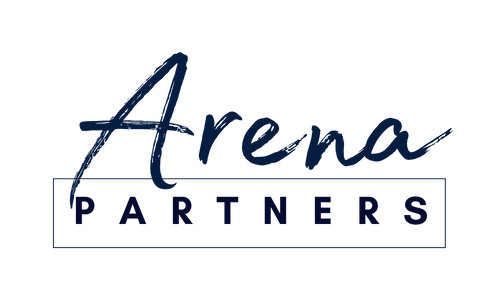Crossing the Venture Chasm – Raising a Series B
Series B funding is by far the most misunderstood round.
For most of us, our startup funding journey starts with a seed round. A few hundred thousand dollars from friends and family or maybe an early stage venture studio. We take that nascent idea and turn it into some form of a prototype or beta product and try and get a few customers to use it and maybe even pay for it.
Raising a Series B is all about showing traction.
If you are successful at getting a few of those customers, you’re likely going to try raising a Series A of a few million dollars to really polish the product and make it more commercially viable. You’re also going to have to move past those few early adopters to make sure that you can actually scale the go to market motion and get a repeatable process that doesn’t involve the founder/CEO closing each new customer.
Those are the two biggest differentiators between raising a Series A and a Series B:
- Moving a product from beta/prototype that got you your series A into a commercially viable product and….
- Maturing your GTM motion to a repeatable and scalable process where marketing employees can uncover deals and sales employees can close deals.
It sounds pretty simple, but these are the two areas where most companies “stall” between a Series A and Series B.
It’s very easy with those first handful of customers to let one or two customers really dictate the direction of the product. They’re typically paying you the most and you can’t afford to simply ignore them. They can be great development partners, but you can’t let them solely dictate the direction of the product if it doesn’t also serve a wider audience. The product has to have broad enough appeal and also the quality to stand on its own without a direct line to the engineering staff to deal with issues as they pop up.
Similarly, and even more importantly, is the ability to identify and close new business over and over again. In most startups, the first customers are often close to the company and are known personally to the founders. The founders are also the ones who will most likely close those customers. The GTM motion needs to grow to the level where customers aren’t known to the company and the founders aren’t the ones who close those deals. The customer acquisition process needs to be a repeatable scalable process and not a series of one off deals pushed across the finish line.
Raising a Series B is all about showing traction. It’s about scaling what you’ve proven will work, not continuing to investigate the unknowns of a Series A. You know the recipe of what works and just need to pour more fuel on the fire.
Series B investors have a lower risk tolerance than Series A and they’re willing to pay a higher price for it. Make sure that you remove as much risk as possible before approaching them…not just because you’re getting low on cash.
I’ve talked to many companies who talk about “needing” a series B which is most often driven by their cash on hand and burn rate. How many times have you heard an entrepreneur say “we have 14 months or runway left”…..implying that they need to raise a series B before then. Rarely have I heard a CEO say “we’re ready for a series B”…because they know that they have the product and processes ready to scale and simply need the fuel.
Questions to ask yourself when considering a Series B:
- Do I need a series B or am I ready for a series B?
- Is my product ready? Have we won in a competitive head to head bake off with more than a handful of customers?
- As CEO, do I have to close every new customer? Do we have customers that I don’t personally know?
Final bonus thought – hiring before or after a series B
I often get asked if a CEO should have key growth staff hired before or after the series B. While this is an important question….you need the team….it is secondary to the product and process. A good CEO will have the key hires around sales/CRO and marketing/CMO identified and in the interview process while raising the series B. Solid candidates who have been through this phase before, will know how to play the game and join the company when the Series B funding is imminent but they can still get options priced at the earlier round.

